How to Go Faster Down the Quarter Mile
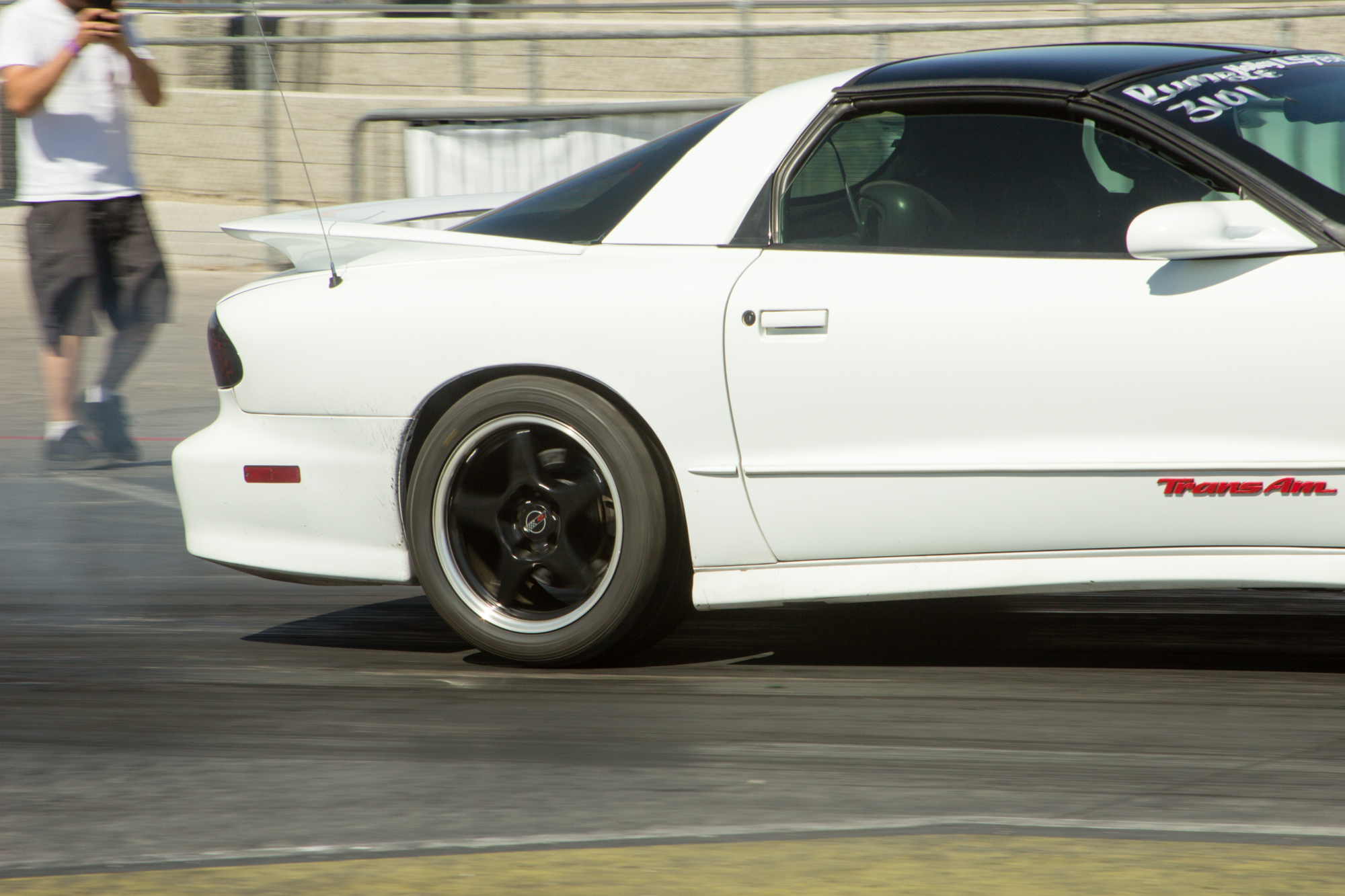
In a battle where the rules dictate every little thing, it’s the littlest thing — the tires touching the pavement — that matters.
Let’s create a hypothetical situation: Two cars line up to race down the quarter mile. Both drivers are so absolutely equal that they are practically robots. The surface of each lane is perfect and equal, and both cars identical except for one thing: their rear tires. In the left lane, the rear tires are 28×10.5-15. In the right lane, the rear tires are 275/60R15. With the surface, traction, drivers, and cars being equal, who wins?
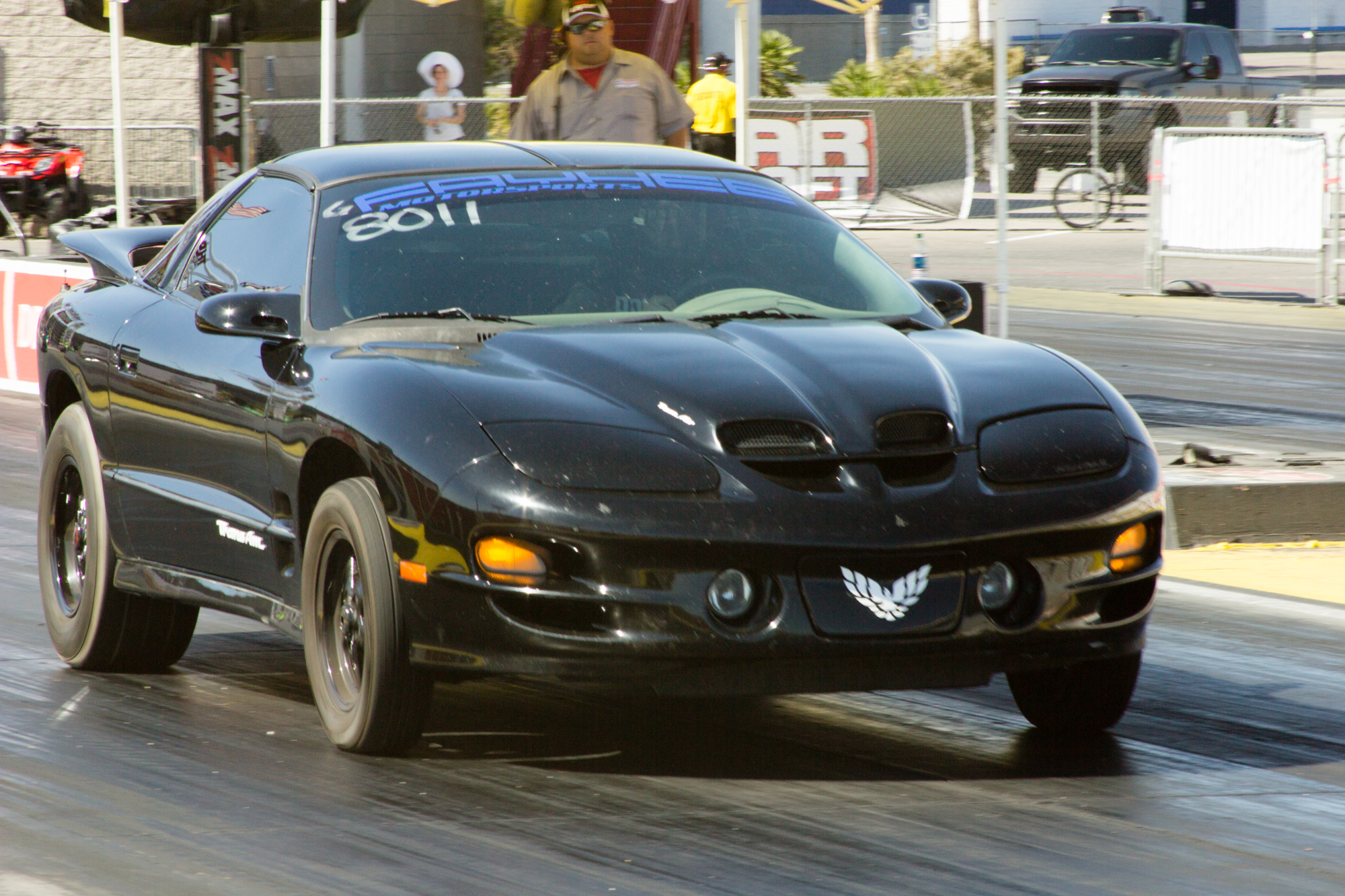
Both cars are 3,200 pounds, 700 horsepower at 6,000 rpm, which will be their shift points, and they have a 3.55:1 rear gear with a transmission that has a .7 final drive. With that out of the way, we’ll explain why the 28×10 and 275/60 were chosen. In the X275 classes that were popular, these were the only tire sizes allowed, and the reason is that both tires are very similar in outer diameter.
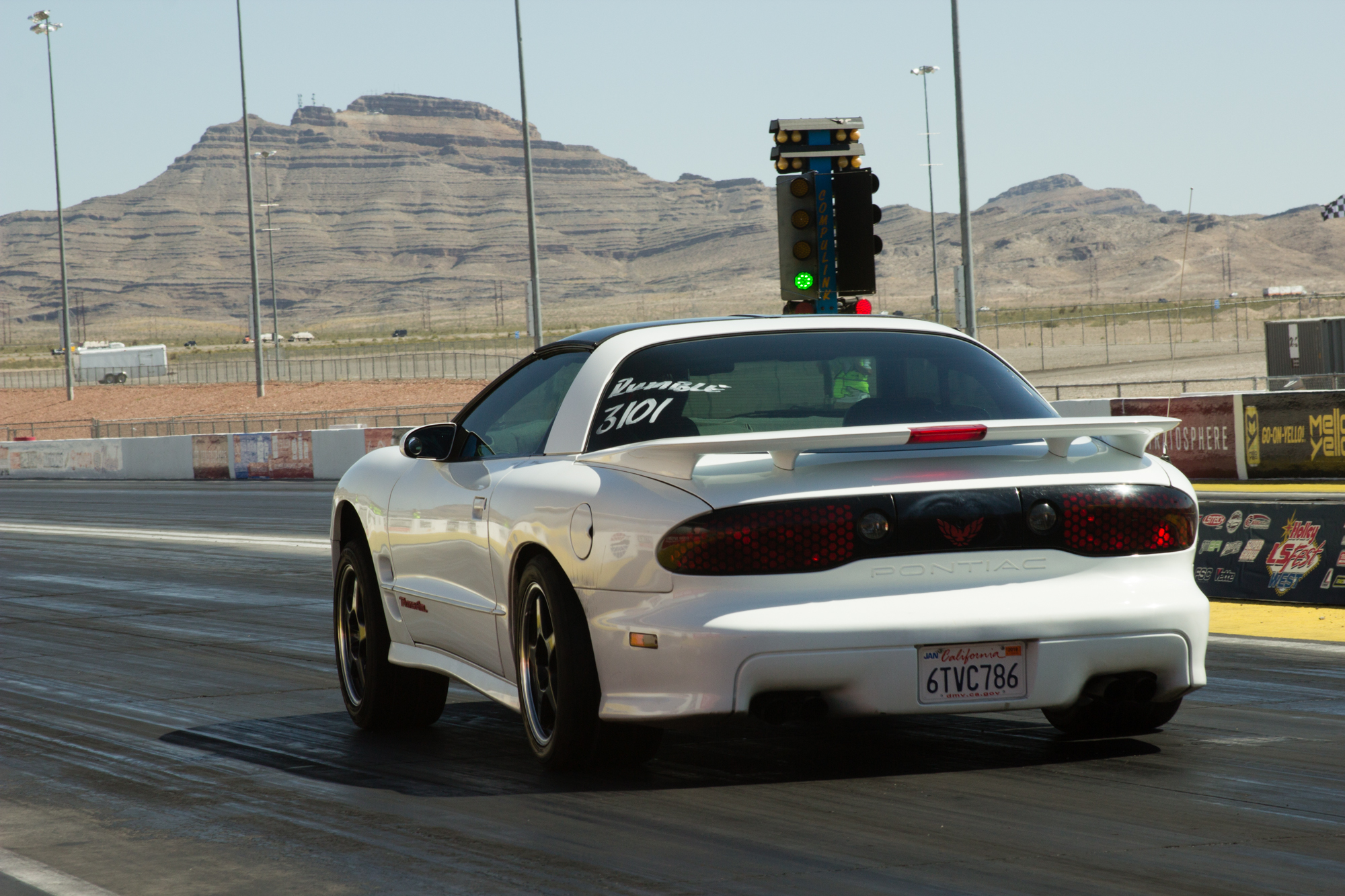
The 275mm is 10.8 inches when converted to imperial measurements. This also means that the sidewall, at sixty-percent of the tire’s width, is 6.48 inches tall between the tread and the lip of the fifteen-inch wheel.
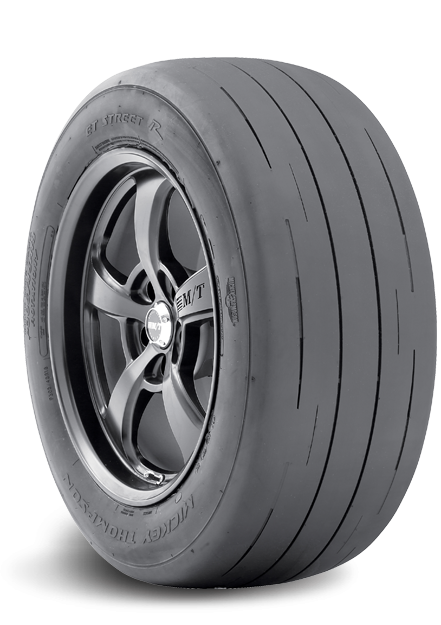
Multiply that by two and add to the 15 inches and you get a total diameter of 27.96 inches. You multiply that by pi (or to simplify it, 3.14) and you get a roll of 87.79 inches.
Well, that’s if you go by the numbers on the sidewall.
For a real-world example of a 275/60, we’ll go with a Mickey Thompson ET Street R. It instead measures 28.2 inches in its outer diameter, giving it an 88.6-inch roll and weighs in at 30 pounds.
Our real-world 28×10.5 will be the Mickey Thompson Pro Bracket at 28 inches in diameter with an 88.1-inch roll and hits the scales at 29 pounds. We’ll provide the reason for the weight measurement in just a moment.

At 88.6 inches per revolution, the 275/60 will have to turn 8.13 revolutions to hit the 60-foot mark, where the 28×10.5 must turn 8.17 revolutions. To get to the eighth-mile, the 275 turns 89.4 times for the 28’s 89.9 turns, and finally, to the finish line of a quarter mile, the 275 turns 178.8 times while the 28 turns 179.8 times. While it turns more, the 28×10.5 is also accelerating more where the taller tire is going a further distance and gaining top speed.
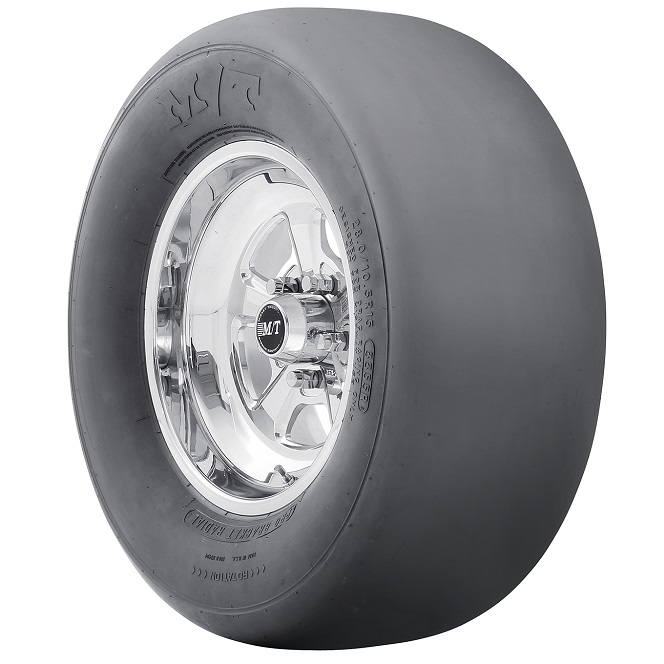
The 28×10.5 crosses our simulated line at 11.15 at 117.39 mph, and the 275/60 crosses the 1320 mark with an 11.16 at 116.91 mph, an mov of only .01 seconds for the 28×10.5.
So, why didn’t the tire with the higher top-speed potential cross the line first with a faster time and mph? Gearing. Where both cars were equal all the way to the hubs, the smaller tire creates a smaller absolute gear ratio. Our 3.55 gear and .7 final drive in our transmission mean that our 28×10.5 is turning about 3,489 rpm at the finish line with its 117 mph trap speed. The 275/60 at 116.91 is turning 3,464 rpm in the meantime.

Well, let’s say both cars had their gearing optimized for their tire size? From our M/T examples, who wins? It would still go to the 28×10.5 due to weight. To achieve 6,000 rpm, the 28×10.5 at 29 pounds would need 220.27 horsepower. At 30 pounds the 275/60 would require 231.13 horsepower to get to that 6,000 rpm. To equate the horsepower loss to a quarter-mile time, the 28×10.5 would be a 479.73 horsepower car and reach the finish at 10.96 seconds, the 275/60 would be a 468.87 horsepower car and finish out at 11.05 seconds and giving a .09-second mov for the 28×10.5.

This last example shows why, when you’re racing, it’s important to consider the weight of your tires. While getting unsprung weight (wheels, brakes, and anything not being held up by the springs) is crucial for the total weight of the car, it’s that rotational mass that is the power killer. The energy required to turn the tires is stored energy; energy that’s not getting put down to the ground. Since the tires are the furthest out from your hubs, they require the most energy to create rotation and movement. So, when you hear someone say, “you’ll make horsepower by dropping the weight of your wheels,” they are technically wrong but right at the same time. By reducing the weight of your tires, you reduce the energy impact they would have on total power output.

So, when shopping for parts for your race car, the tires make more impact than just traction. If you are limited by gearing and want to accelerate the fastest, you need a tire that has a smaller diameter. If you’re going for absolute speed, you need a taller tire. If you want to make the most power and put it to the ground, your tires need to be the lightest you can afford. However, the total lesson here is that your car needs to be optimized and balanced for what you’re doing. Otherwise, you’re throwing money away and probably not walking away with the trophy at the end of the day.
Photos and video: Justin Banner
